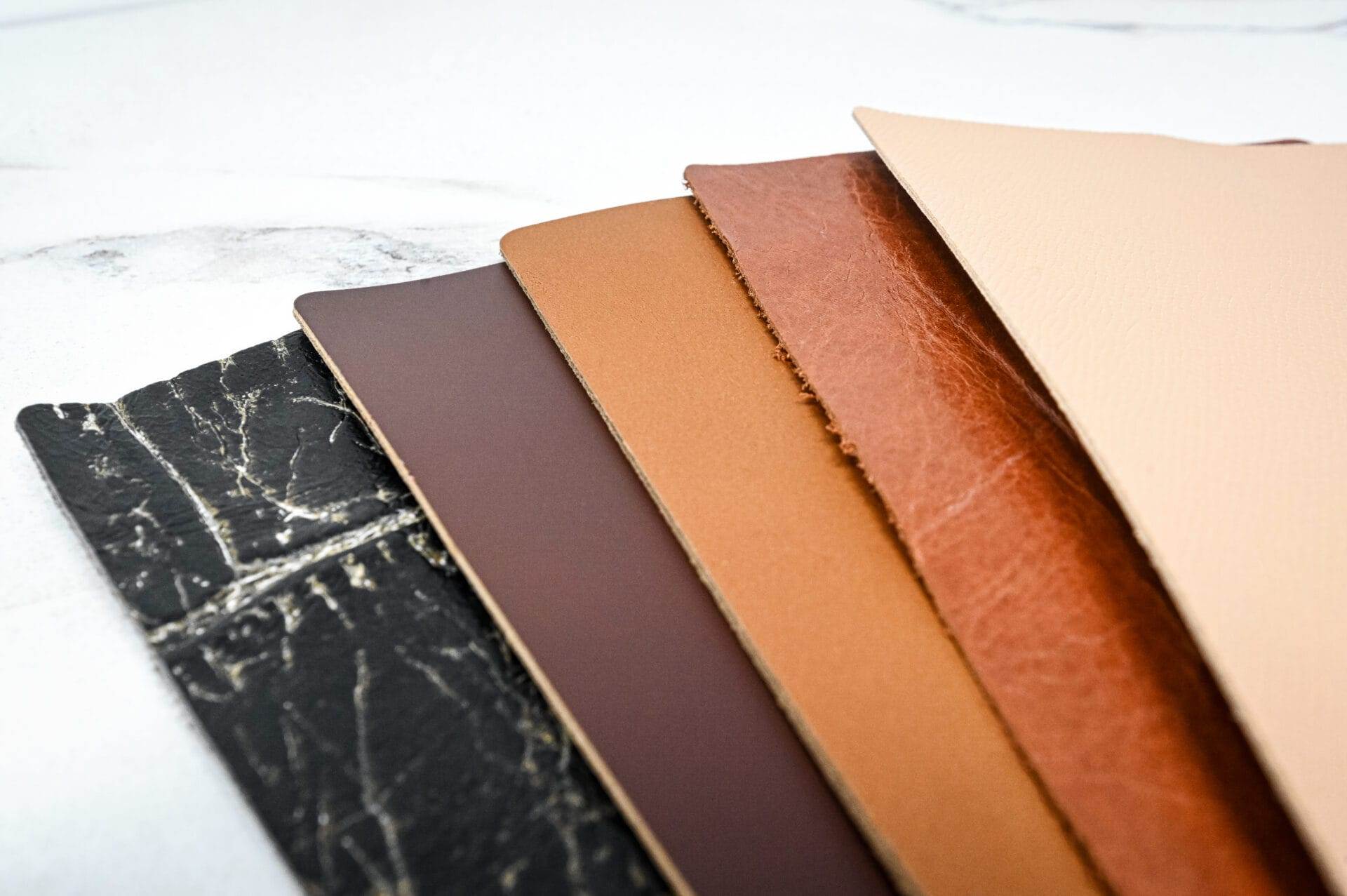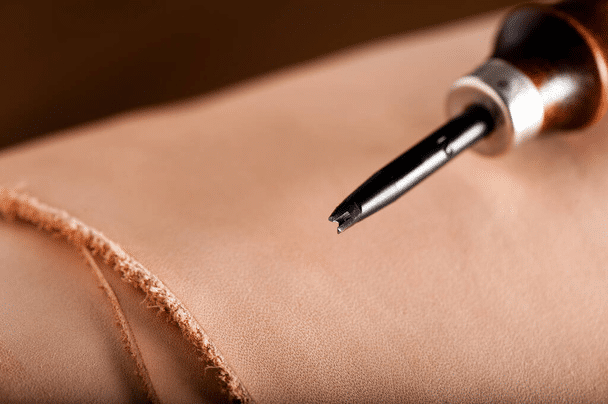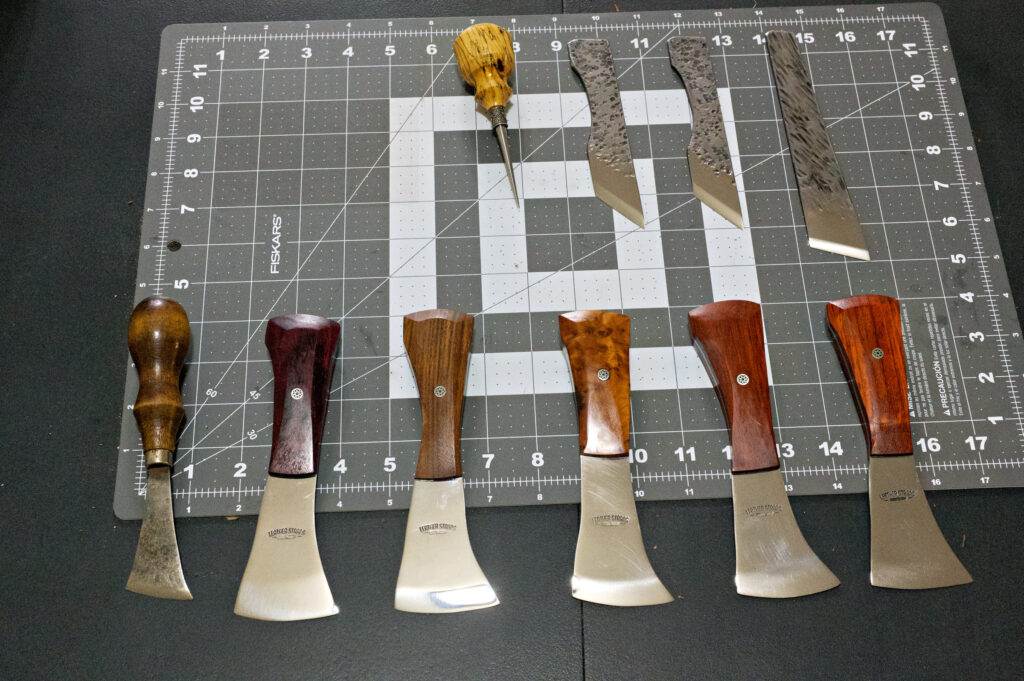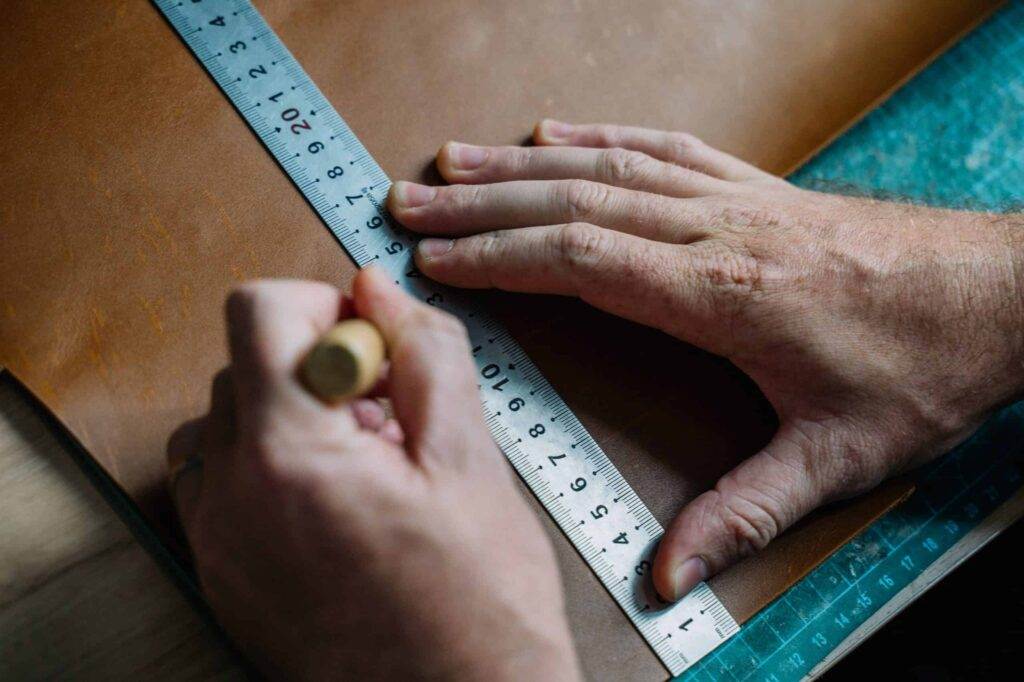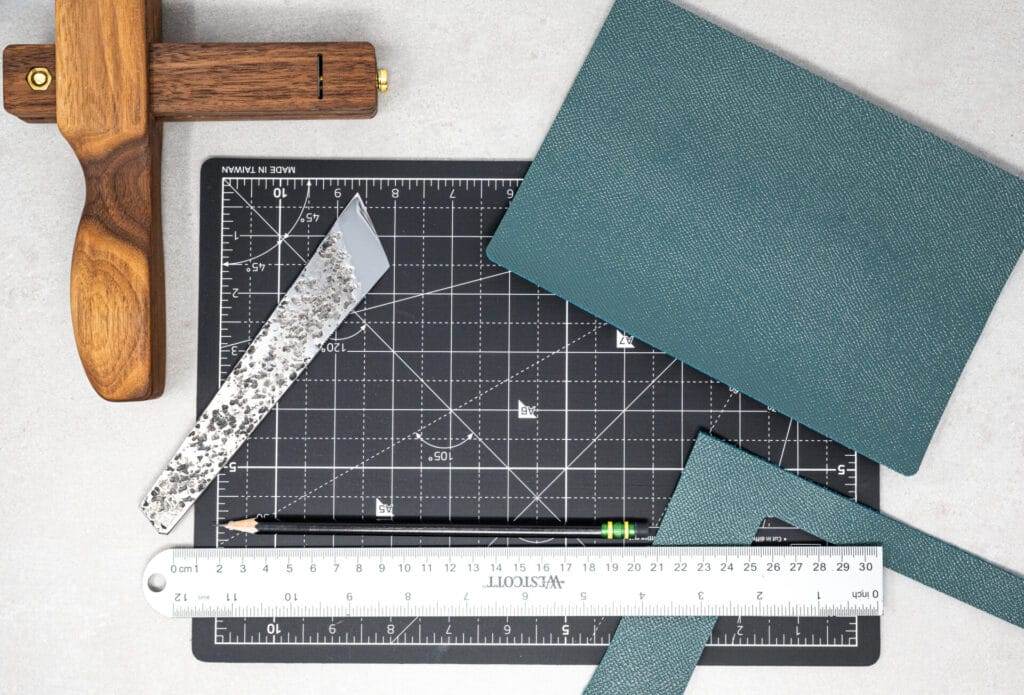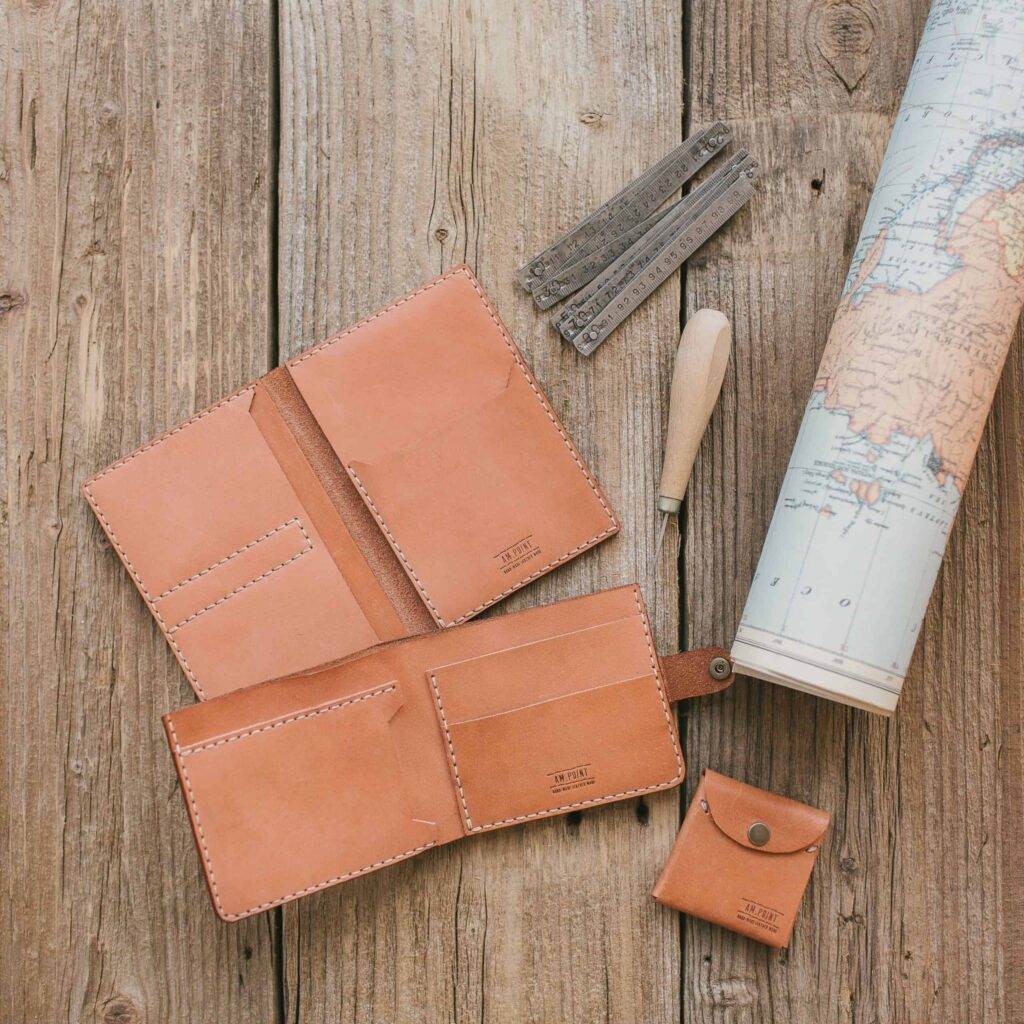Water-Resistant Leathercraft Watch Strap Construction
In the world of leathercraft, the fusion of traditional craftsmanship with modern functionality has led to the creation of water-resistant leather watch straps. These straps not only enhance the aesthetic appeal of timepieces but also provide a practical solution for those who lead active lifestyles or live in humid environments. The demand for water-resistant leather watch straps has surged as consumers seek durability without compromising on style.
This evolution in leathercraft reflects a growing awareness of the need for products that can withstand the rigors of daily wear while maintaining their elegance. Water-resistant leather watch straps are designed to repel moisture, ensuring that they remain functional and visually appealing even in challenging conditions. This innovation is particularly significant for watch enthusiasts who appreciate the craftsmanship of leather but require a product that can endure exposure to water.
By integrating advanced materials and techniques, artisans can create straps that not only resist water but also age beautifully over time, making them a worthwhile investment for any watch lover.
Key Takeaways
- Water-resistant leathercraft watch straps are designed to withstand exposure to water and moisture, making them ideal for everyday wear and outdoor activities.
- Choosing the right type of leather, such as full-grain or oil-tanned leather, is crucial for creating water-resistant watch straps that are durable and long-lasting.
- Water-resistant stitching techniques, such as saddle stitching and waxed thread, help to create strong and secure seams that prevent water from seeping into the watch strap.
- Using water-resistant adhesives, such as waterproof glue or cement, is essential for bonding leather layers and ensuring the overall water resistance of the watch strap.
- Selecting water-resistant hardware and buckles, such as stainless steel or PVD-coated materials, adds an extra layer of protection against water damage and corrosion.
- Finishing and sealing techniques, such as applying leather conditioner and waterproof sealant, help to maintain the water resistance of the watch strap and protect it from wear and tear.
- Regular maintenance, such as cleaning and conditioning the leather, is important for preserving the water resistance and overall quality of the watch strap over time.
- In conclusion, investing in water-resistant leathercraft watch straps offers the benefits of durability, longevity, and protection against water damage, making them a practical and stylish choice for watch enthusiasts.
Choosing the Right Leather for Water-Resistance
Selecting the appropriate leather is crucial when crafting water-resistant watch straps. Not all leathers possess the same inherent qualities, and some types are better suited for resisting moisture than others. Full-grain leather, for instance, is often favored for its durability and natural resistance to water.
This type of leather retains its natural oils, which help to repel moisture and prevent damage. Additionally, full-grain leather develops a unique patina over time, adding character to the strap while enhancing its water-resistant properties. Another option is treated leather, which undergoes specific processes to improve its water resistance.
This treatment can involve applying specialized coatings or oils that create a barrier against moisture. While treated leather may not have the same breathability as full-grain leather, it offers a practical solution for those who prioritize water resistance. When choosing leather for watch straps, it is essential to consider not only the aesthetic qualities but also the functional attributes that will ensure longevity and performance in various conditions.
Water-Resistant Stitching Techniques
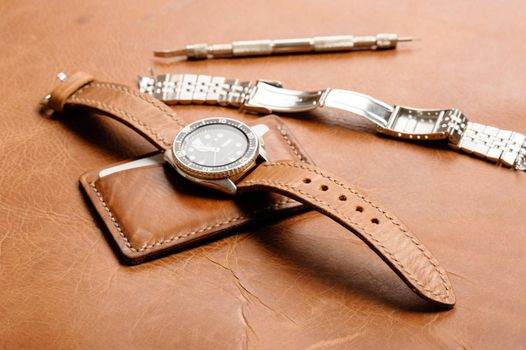
The stitching technique used in crafting water-resistant leather watch straps plays a pivotal role in their overall durability and functionality. Traditional stitching methods may not provide the necessary protection against moisture, making it essential to adopt techniques that enhance water resistance. One effective method is using synthetic threads that are inherently resistant to water and wear.
These threads can withstand exposure to moisture without deteriorating, ensuring that the stitching remains intact over time. Additionally, employing techniques such as double-stitching or using a zigzag pattern can further enhance the strength of the seams. These methods create a more robust barrier against water infiltration, reducing the likelihood of damage from moisture.
It is also important to ensure that the stitching is tight and consistent throughout the strap, as gaps or loose threads can become entry points for water. By focusing on these advanced stitching techniques, artisans can create watch straps that not only look exquisite but also stand up to the challenges posed by wet conditions.
The Importance of Water-Resistant Adhesives
In addition to stitching, the choice of adhesive used in the construction of water-resistant leather watch straps is critical. Adhesives play a vital role in bonding different components of the strap together, and selecting a water-resistant adhesive can significantly enhance the overall durability of the product. Traditional adhesives may break down when exposed to moisture, leading to delamination or separation of layers in the strap.
Therefore, using specialized adhesives designed for leathercraft ensures that the strap remains intact even when subjected to wet conditions. Water-resistant adhesives are formulated to withstand exposure to moisture without losing their bonding strength. These adhesives often contain properties that allow them to maintain flexibility while providing a strong hold, which is essential for the longevity of leather watch straps.
When combined with proper stitching techniques, water-resistant adhesives create a comprehensive defense against moisture, ensuring that the strap remains functional and aesthetically pleasing over time.
Water-Resistant Hardware and Buckles
The hardware and buckles used in leather watch straps are often overlooked when considering water resistance; however, they play a significant role in the overall performance of the strap. Choosing high-quality materials for buckles and hardware is essential to ensure they do not corrode or degrade when exposed to moisture. Stainless steel and brass are popular choices due to their inherent resistance to rust and tarnishing.
These materials not only provide durability but also complement the elegance of leather, creating a harmonious blend of style and functionality. Furthermore, it is important to consider the design of the hardware itself. Buckles with sealed mechanisms or those designed to minimize water entry can enhance the overall water resistance of the strap.
For instance, using a buckle with a protective cover can prevent moisture from seeping into the strap’s interior, thereby prolonging its lifespan. By paying attention to both material selection and design, artisans can ensure that every component of a water-resistant leather watch strap contributes to its overall performance.
Finishing and Sealing Techniques for Water-Resistant Leathercraft
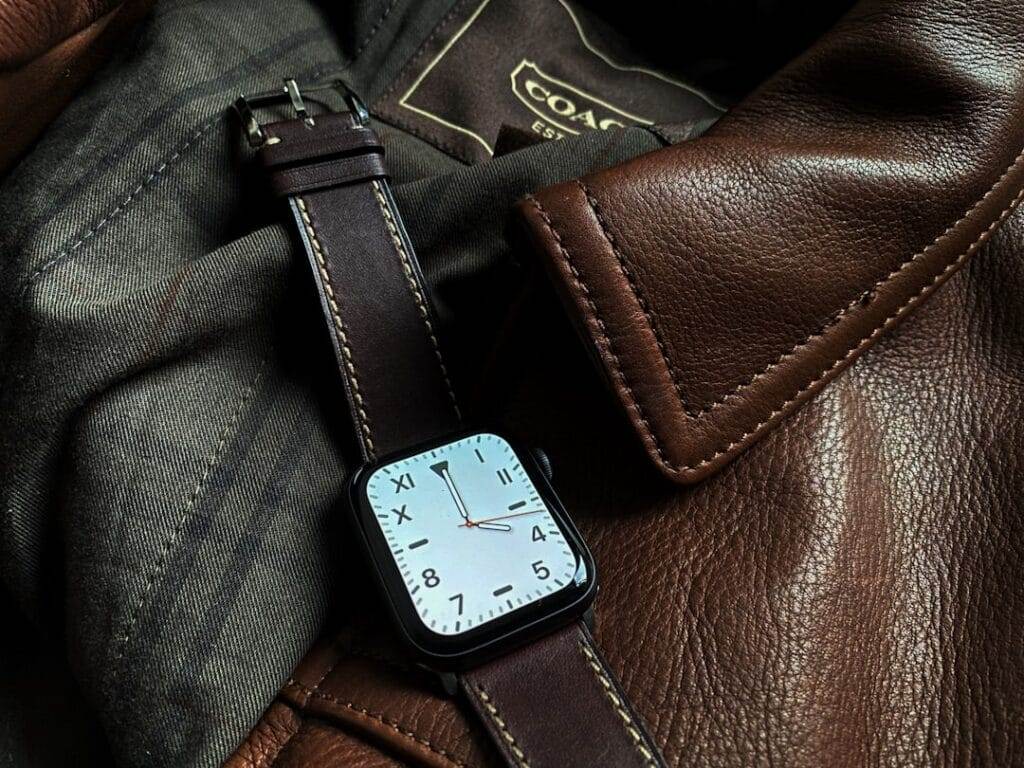
Finishing techniques are crucial in enhancing the water resistance of leather watch straps. The application of protective coatings can create an additional barrier against moisture while also improving the strap’s appearance. Various finishes are available, ranging from waxes and oils to synthetic sealants that provide a waterproof layer on the surface of the leather.
These finishes not only repel water but also protect against dirt and grime, making maintenance easier for users. Moreover, sealing techniques can be employed at various stages of production to ensure that every layer of the strap is protected from moisture. For instance, applying a sealant during the dyeing process can help lock in color while providing an extra layer of protection against water damage.
It is essential for artisans to choose finishes and sealants that are compatible with the type of leather being used, as this will ensure optimal performance and longevity. By incorporating effective finishing and sealing techniques, craftsmen can create leather watch straps that are both beautiful and resilient against moisture.
Maintaining Water-Resistant Leathercraft Watch Straps
Even with advanced materials and techniques, maintaining water-resistant leather watch straps is essential for ensuring their longevity and performance. Regular cleaning is crucial to remove dirt and sweat that can accumulate over time, potentially compromising the strap’s water resistance. Using a soft cloth dampened with mild soap and water can effectively clean the surface without damaging the leather or its protective coatings.
It is important to avoid soaking the strap or using harsh chemicals that could strip away protective finishes. Additionally, conditioning the leather periodically helps maintain its suppleness and enhances its natural water-resistant properties. Leather conditioners specifically formulated for water-resistant leathers can replenish lost oils and provide an extra layer of protection against moisture.
When storing leather watch straps, it is advisable to keep them in a cool, dry place away from direct sunlight to prevent fading or drying out. By following these maintenance practices, users can ensure that their water-resistant leather watch straps remain functional and visually appealing for years to come.
The Benefits of Water-Resistant Leathercraft Watch Straps
Water-resistant leathercraft watch straps offer a unique blend of style and functionality that appeals to modern consumers seeking durability without sacrificing aesthetics. The careful selection of materials, advanced stitching techniques, and high-quality hardware all contribute to creating a product that can withstand exposure to moisture while maintaining its elegance. As lifestyles become increasingly active and diverse, the demand for such versatile accessories continues to grow.
Investing in water-resistant leather watch straps not only enhances the longevity of timepieces but also provides peace of mind for users who engage in outdoor activities or live in humid climates. With proper care and maintenance, these straps can age beautifully while offering reliable performance in various conditions. Ultimately, water-resistant leathercraft watch straps represent a harmonious blend of tradition and innovation, making them an essential accessory for any watch enthusiast looking to combine style with practicality.
FAQs
What is a water-resistant leathercraft watch strap?
A water-resistant leathercraft watch strap is a watch band made from leather that has been treated to repel water and resist damage from moisture.
How is a water-resistant leathercraft watch strap constructed?
A water-resistant leathercraft watch strap is typically constructed using high-quality leather that has been treated with water-resistant coatings or finishes. The edges are often sealed to prevent water from seeping into the leather.
What are the benefits of a water-resistant leathercraft watch strap?
The main benefit of a water-resistant leathercraft watch strap is that it can withstand exposure to water and moisture without becoming damaged or deteriorating. This makes it ideal for everyday wear, especially in outdoor or active settings.
How can I maintain the water resistance of a leathercraft watch strap?
To maintain the water resistance of a leathercraft watch strap, it is important to regularly clean and condition the leather to keep it supple and prevent it from drying out. Avoid prolonged exposure to water and moisture, and promptly dry the strap if it does get wet.
Can a water-resistant leathercraft watch strap be submerged in water?
While a water-resistant leathercraft watch strap can withstand exposure to water and moisture, it is not recommended to submerge it in water for extended periods of time. It is best to avoid prolonged exposure to water to maintain the longevity of the strap.

